SUMMARY
This is AI generated summarization, which may have errors. For context, always refer to the full article.
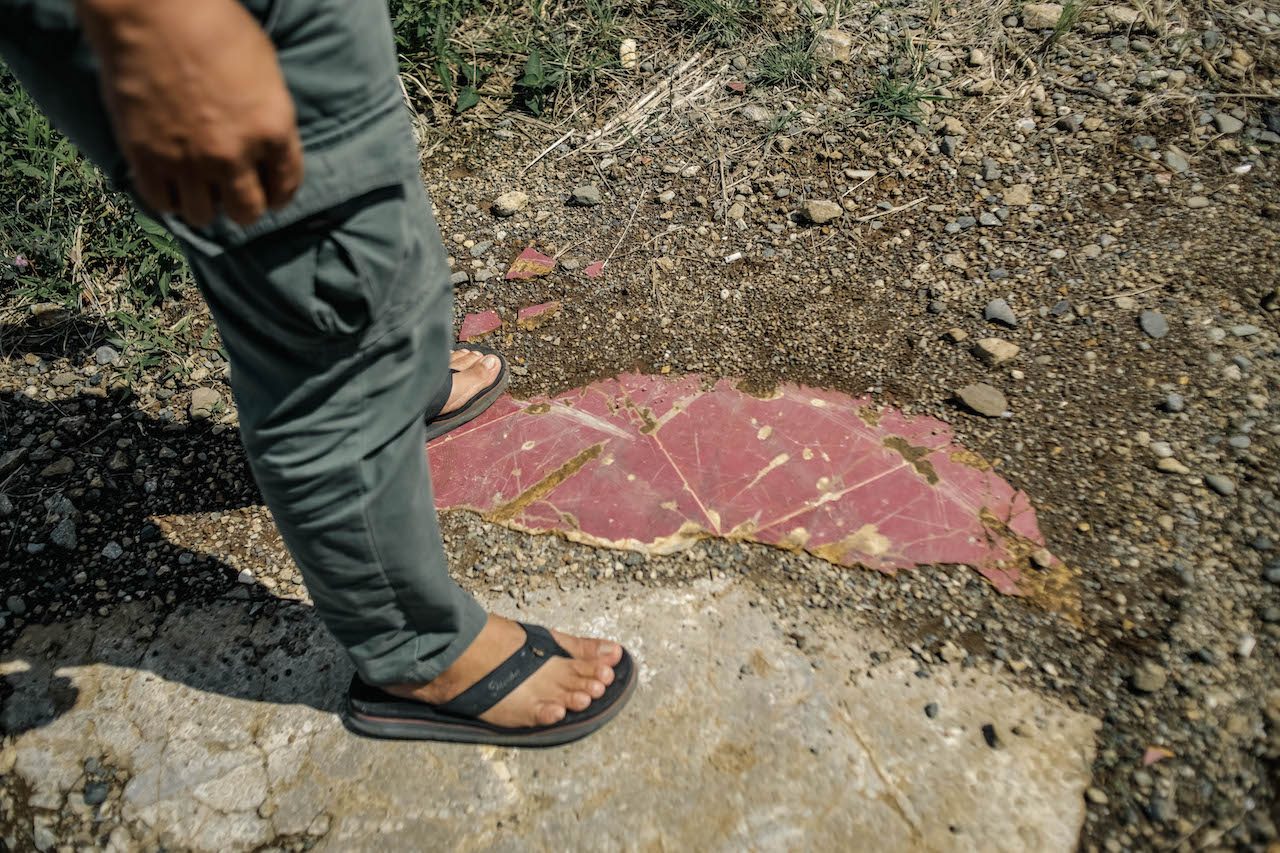
MARAWI CITY, Philippines – Bantog Panomblayan firmly stomps his feet on broken red tiles abandoned on the ground.
“Eto na ngayon ang bahay ko,” he said. “Na-mimiss ko nga ‘to. Nu’ng nakita ko, parang sumama loob ko.” (This is my house now. When I saw these tiles, I felt angry. I miss my home.)
The house is gone. Only parts of the flooring and beams mark the place. To its left stands a bare, two-storey Datu Naga barangay complex, built under the government’s rehabilitation efforts following the end of a catastrophic war between Islamic State (IS)-linked groups and the Philippine military in 2017.
Bantog is one of over 300,000 residents and traders forced to flee Marawi and nearby towns because of the five-month long siege, the longest urban armed battle in recent Philippine history.
While many have yet to rebuild their houses six years after the city was declared IS-free, he is part of an aggrieved community that has been permanently displaced after major infrastructure was built on four villages at Marawi’s ground zero.
For the people left behind by these projects, whether they remain hopeful or have become hopeless in reclaiming their redesigned villages, one desire is constant: They wish to return home.
Surprise infrastructure
After the war, Bantog came home to rubble. Like many residents, he wrote his name on carton paper using charcoal and stood in front of his wrecked property for a photo. It was a requirement for the government’s displacement profiling.
Bantog remembered saying: “Ito ang bahay kong tatlong palapag pero ngayon, wala na.” (This is my three-story house, but it is now gone.)
Three years later, in 2021, what remained of his house was gone. Bantog returned to the site for a ribbon-cutting ceremony at the barangay hall. He had been working by then as a Barangay Peacekeeping Action Team officer.
His house was cleared without his consent, he said. Residents were also not informed nor consulted about the infrastructure projects built within their village.
These sentiments are echoed by residents of three other affected and neighboring villages – Datu Sa Dansalan, Dansalan, and Sabala Amanao – who also spoke with Rappler and the Philippine Center for Investigative Journalism.
Felix Castro Jr., field office manager of Task Force Bangon Marawi (TFBM), explained that the former residential areas were chosen as sites of major rehabilitation projects because these are located on a reclamation site considered government property based on mapping conducted by the local government unit (LGU) of Marawi.
But affected residents contest this. They argued that no legal documents were presented by the LGU nor were proper forums held to officially inform the public about the legitimacy of such a claim. Some clans insist they possess traditional land titles to the property, which means these are privately owned.
Unresolved land claims at the four villages are not only a dilemma for displaced residents, but also for traders who abruptly lost their businesses due to the siege, said history professor and Marawi advocate Tirmizy Abdullah.
“Na-uproot ‘yung mga tao sa kanilang sariling lugar. Hindi lang physically, kundi pati na rin [‘yung] identity mo…kasi since time immemorial nagbi-business ‘yung mga tao sa lugar na iyan,” says Abdullah.
(The people were uprooted from their own places, not just physically but also in terms of their own identity because people have been doing business in that area since time immemorial.)
Abdullah was also displaced by the war and Marawi infrastructure projects, and cited as an example his own mother’s stall at Old Padian where the Peace Park at Barangay Datu sa Dansalan now stands.
The devastation of Marawi’s economic sector was massive, he added. If there are temporary shelters for the displaced residents, there should have been temporary market sites as well so the traders of Old Padian could continue doing business, Abdullah argued.
Economic displacement
Among these veteran traders is Hadji Yasser, who even went to Manila so he could rebuild his clothing business in 2018, a year after being down and jobless due to the siege.
Ramadan was fast approaching when Marawi was attacked on May 23, 2017, so vendors at Old Padian like Hadji had replenished their stocks in preparation for the Islamic holy month of fasting, prayer, and celebration.
“Nawala na lahat nung mga ari-arian namin, mga paninda namin. Saka wala kaming naitakbo na maski isa. ‘Yung nasa suot lang namin ang naitakbo namin,” he recalled. (We lost all our goods and properties. And we couldn’t save even one item. We evacuated with only what we were wearing.)
Hadji thought the war would last only three days. When the smoke cleared months later, he estimated his total losses at P4.5 million. This is the total value of three stalls Hadji used to own at the historic market, where he had sold goods since 1991 up to the day the siege broke out. This amount excludes the costs of lost products and hard labor.
After a series of setbacks and one year of working in Manila, Hadji returned to Marawi in February 2019 to set up his business at Omaira market, a smaller, privately-owned trading center where several Old Padian stall owners have transferred to make a living.
While Hadji and his family have settled anew in his hometown four years since their return, fellow traders at the old market have scattered all over, especially across Luzon. Some of those he met again after the siege were still struggling to survive in Manila.
“‘Yung mga iba sa kasamahan natin may namatay…’yung iba hindi pa nakakabangon [dahil sa mga nawala sa giyera],” said Hadji. (Some of our fellow traders have died, while others haven’t recovered due to their losses from the war.)

To revive the economic strength of the city derailed by armed conflict, the government has built a four-story New Grand Padian with two buildings, wet and dry markets, at least 400 vendor stalls, service escalators, and an elevator, according to the TFBM.
The city government-led project costs over P400 million and is located at Barangay Sabala Amanao, a former residential area where locals claim to have been blindsided about the infrastructure project. Some of whom we spoke to still lived in transitory sites within and outside of Marawi.
Although there is no news yet on how the newly-constructed market at the MAA will be operated, original business owners at the Old Padian hope they will be prioritized and given space to sell again in the new building.
“Hindi ko pa napatunayan kung paano makakuha ng puwesto,” Hadji shared. “[Pero] sana ay ma[pag]bigyan na kami sa pagbalik namin sa pagbi-business sa ground zero.” (I don’t know yet how I can apply for a stall. But I hope we’ll be allowed to return to doing business at ground zero.)
Erasure of identity and community

Given the diaspora created by the Marawi war, many of those from the four villages have moved to different parts of the Philippines, said Abdullah. These locals might not return to Marawi anymore because they know there’s nothing to go home to.
“Kung hindi ka makakauwi, sino ka?” he asked. “Ayaw namin na permanent identity namin ay bakwit (displaced).” (If you cannot go home, who are you? We don’t want our permanent identity to be that of a displaced person.)
“Bakwit” is a label that Tata*, a resident at Datu sa Dansalan, despises, having relocated four times across provinces in Northern Mindanao since the height of the siege.
“Kapag hindi kami makauwi sa aming lugar, para kang basura na inilagay sa kahit saan-saan. Wala ka namang dignidad doon,” she shared. (We’re like trash that is thrown anywhere when we’re not able to go back home. There’s no dignity in that.)
This dignity was also lost for Tata when the government built infrastructure, such as the Sarimanok Sports Stadium, within their village without regard for the affected community’s immediate needs and culture.

She described the project as “foreign” to her because, she said, the design isn’t anchored on the Maranao way of life, and people have so far been denied real access to the facility. Tata said what residents need are markets and mosques that will support local business ventures and provide spaces for prayer.
“Para kanino ba talaga ‘yan (infrastructure)? Para saan ba talaga ‘yan?” Abdullah stressed. “Kung totoo talagang sineserve natin ang mga tao, kung talagang nakasentro sa tao [ang rehabilitasyon], mas ipa-priority natin na ibalik ‘yung mga tao sa dati [at] ibalik sa kanila mga pagmamay-ari nila kaysa sa [pagpapatayo ng] infrastructure.”
(Whom is the infrastructure really for? What is its real purpose? If we are truly serving the people, and the rehabilitation is people-centered, we should prioritize getting people’s lives back to normal and returning their properties instead of building new infrastructure.)
These days, the four villages in Marawi’s ground zero are filled with fully built but empty or rarely used structures. No locals are allowed to inhabit these villages. Instead, it has become a favorite tourist spot for curious outsiders from all over the province.
Displaced residents like Tata and Bantog don’t often visit anymore because transportation to the former battle area is expensive. Going back also triggers traumas and bittersweet memories of their lives before the siege.
There are residents like Tata who are still hoping and fighting for their safe and dignified return to their villages despite the odds.
But there are also the likes of Bantog, who don’t have proof of land ownership and have given up any hope of coming home to ground zero.
Living for more than five years now in the Sagonsongan transitory site, Bantog and his family are surviving the daily grind with the help of relatives and a makeshift karinderya (eatery) in front of their shelter.
His eatery was his money-making business before the war, a restaurant connected to his home. It was also where Bantog stood when he first heard about IS forces taking over Marawi in 2017.
Bantog says that life is over. It’s now a waiting game for when he can obtain permanent shelter and receive compensation for properties lost to the siege. – Rappler.com
*The real name of the source has been changed for protection.
Raizza Bello is a regular contributor to Rappler and is a fellow of the Philippine Center for Investigative Journalism.
Add a comment
How does this make you feel?






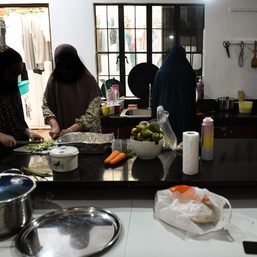
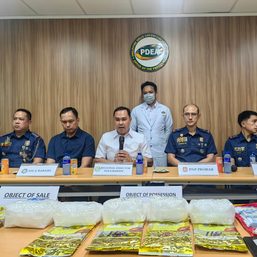
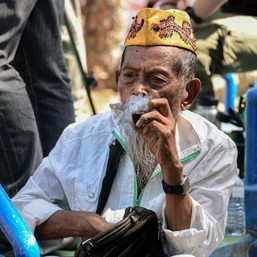


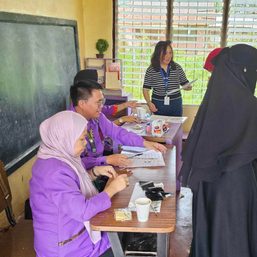
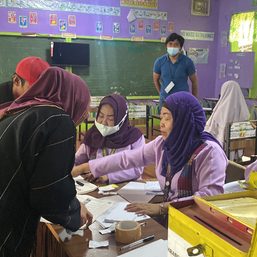
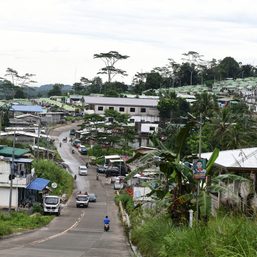
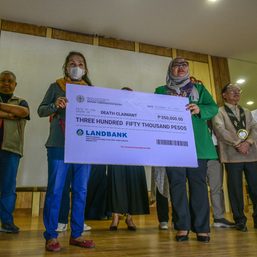
There are no comments yet. Add your comment to start the conversation.